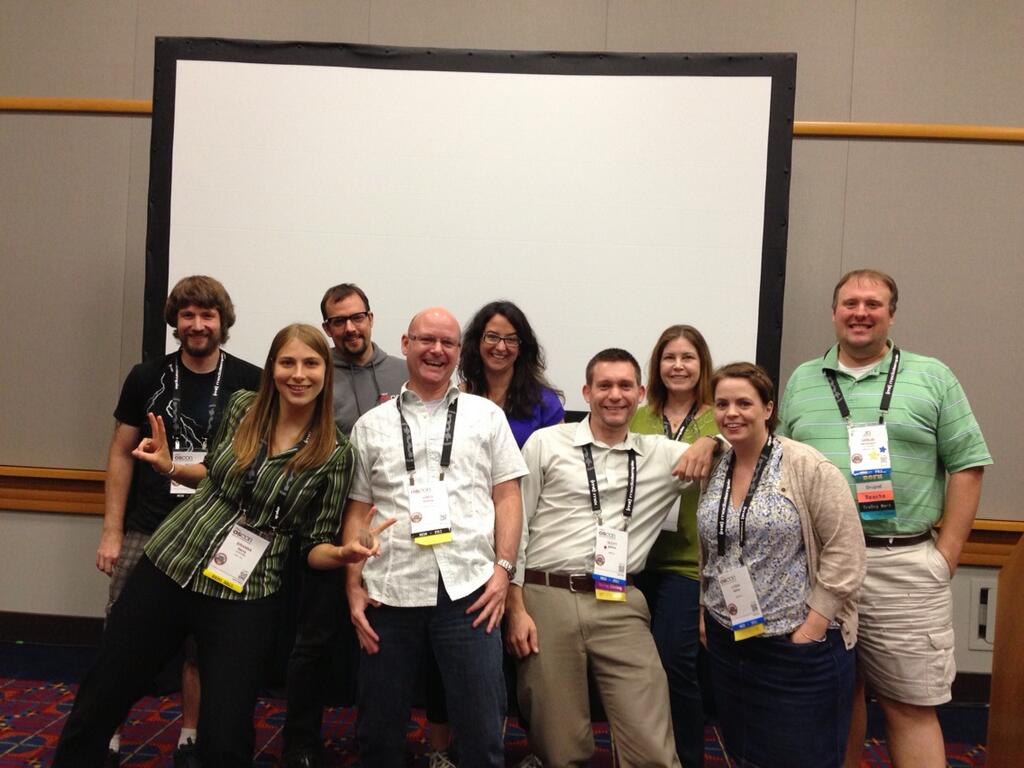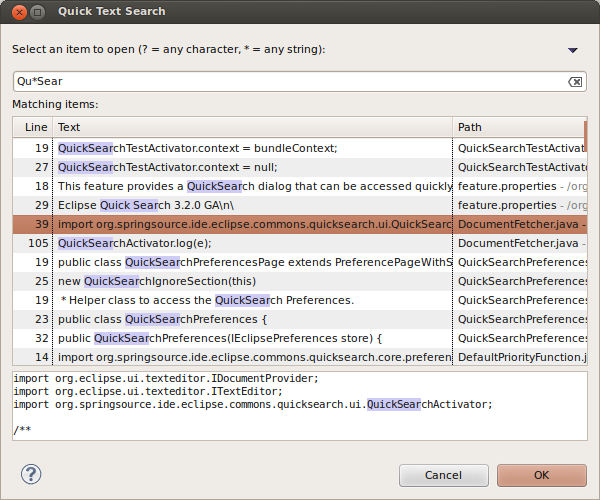This Week in Spring - July 23, 2013
Hey everyone! Remember that SpringOne 2GX 2013 early bird expires August 9th, so hurry to secure the discounted rate! Also, make sure to check the agenda as new sessions have been added. This week I'm at OSCON talking to developers in the wonderful city of Portland, OR about Spring 4, REST and joining my colleagues at Pivotal to talk about Cloud Foundry, big data, and much more! If you'd like to chat, I hope you'll come to the talks that we're putting on and visit us at the Pivotal booth in the exhibition hall! It's been a big week for both Spring and Pivotal:
- Pivotal HD 1.0, the world's fastest Hadoop distribution, was released in two flavors - Community Edition, and a Pivotal Single Node Edition (VM), a Virtual Machine download. Head over to gopivotal.com and give it a test drive - Community Edition deploys up to a 50 node cluster!
- We're celebrating Project Reactor's initial milestone release - 1.0.0M1 - which already benchmarked TCP on Netty at 300% faster than Netty alone! When integrated into key Spring technologies, the possibilities of Fast Data are going to blow people's hair back. Congrats to Jon Brisbin!
- Spring Data Arora Service Release 2 is available for download.
- Martin Lippert published an excellent blog on Annotations and Java Config support that are available in Spring Tool Suite 3.3.0. Support of JavaConfig as an XML alternative across the Spring ecosystem is nearing a pervasive level.
- Join Hemant Joshi as he introduces how to use Spring and the Cucumber BDD testing framework in a webinar on July 30th, 2013.
- Hadoop hungry? Join us for a Webinar series -- What You Can Do with Hadoop on the first Thursday of every month. The first webinar on August 1st, 2013 will provide in-depth details about the features and tutorials included in the Pivotal HD Single Node (VM).
- Register today for the 9 AM PT session
- Register today for the 7 PM session
- My buddy Andy Piper (@andypiper) puts together a wonderful roundup of Cloud Foundry called This Week in Cloud Foundry. I can't recommend it enough! He just started, and he's doing a heckuva job!
- The Zenika blog has a very nice post on how to document a REST API with Swagger, which you can transparently layer on top of your Spring MVC API.
- Matt Stine also has a great post on Spring, Continuous Integration and CloudFoundry.
- The JavaCode Geeks blog has a nice post on how to add validation to a REST API
- The
Pivotalblog has a really great post on how Tomcat compares to Pivotal's tcServer, a binary-compatible distribution of Tomcat that we support and augment for deployment - Also on the
Pivotalblog, a fantastic post on how Spring Data GemFire (and GemFire) can really boost your application's performance! - Xavier Padró's has a really nice introduction to messaging with Spring
- This week at OSCON, I found affixed to all the bulletin boards and on the entry-doors into the conference a notice advertising a hackathon being run by inBloom, which is a nonprofit data and content services company working to support school districts as they implement great personalized learning tools for kids, teachers, and parents. inBloom is sponsoring a 2-day hackathon at OSCON to work on their open source content services. Check out the projects and the code! I really enjoyed meeting these fine people and encourage any Spring ninjas out there to raise your hands and contribute!


